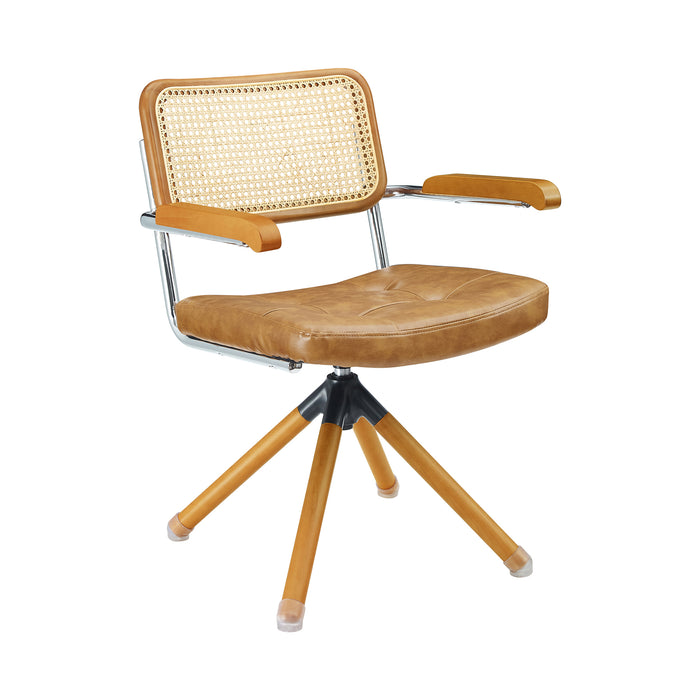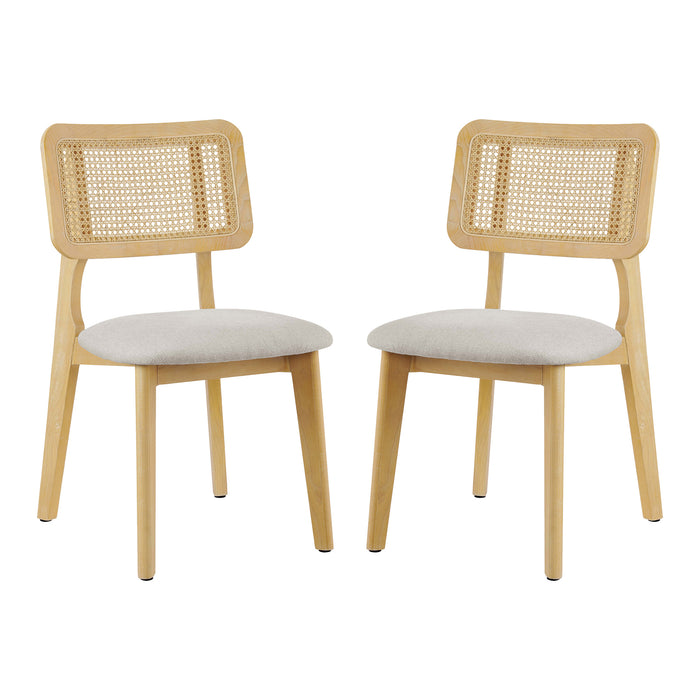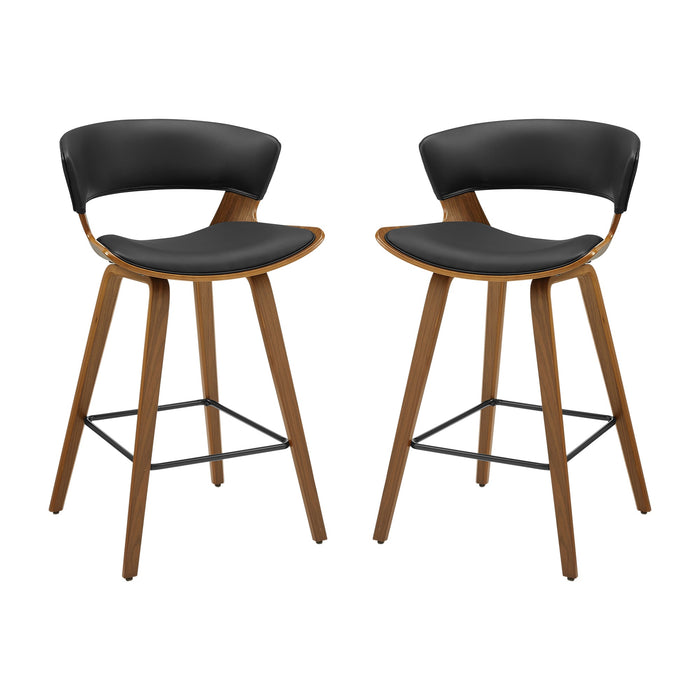
|
Contents[hide]
|
Mixing and matching wood and fabric in your interior design can create a rich, layered, and cohesive look that adds depth and interest to any space. Whether you're decorating a living room, bedroom, or dining area, the combination of these two materials can produce a warm and inviting atmosphere. Here’s how to achieve this balance:
-
Start with a Color Scheme
Understand Undertones: Wood comes in various undertones, from warm (reds and oranges) to cool (grays and blues). Match fabric colors to these undertones for a harmonious look.
Neutral Base: Use neutral tones as a base for larger items, like sofas or wood flooring, and add pops of color with smaller fabric accents like pillows or curtains.
Tips:
Complementary Colors: Choose fabrics in colors that complement the warm tones of oak. Earthy hues, soft beiges, or even muted greens and blues can work well.
Textures: Consider the texture of the fabric. Linen, cotton, or even velvet can add depth and contrast to the smooth surface of oak.
-
Balance Wood Tones
Mixing Woods: It’s okay to mix different wood tones. Just ensure there’s a common element or color that ties them together. For instance, a dark mahogany table can pair well with light oak dining chairs if they both have a similar finish or grain.
Consistent Finish: Using wood furniture with a consistent finish or grain pattern can unify different wood pieces.
-
Selecting Fabrics
Texture Matters: Incorporate a variety of fabric textures to add depth. For example, pair a smooth leather chair with a rough textured wool throw.
Pattern Play: If your wood furniture is simple and understated, you can opt for bold fabric patterns to add visual interest. Conversely, if your wood pieces are ornate, go for simple, solid-colored fabrics.
Selecting Velvet Furniture
Statement Pieces: Velvet fabric chairs, especially accent lounge chairs, can serve as statement pieces. Choose a color that stands out yet ties in with the overall color scheme of the room.
Balance with Subtlety: If the velvet color is bold, balance it with more understated wood elements, or vice versa.
-
Consider the Room’s Function
Durability for High-Use Areas: In areas like dining rooms or living rooms, choose durable fabrics that can withstand wear and tear, complementing the sturdiness of wood furniture.
Comfort in Relaxing Spaces: In bedrooms or reading nooks, opt for softer, more luxurious fabrics to create a cozy feel against the solid structure of wood.
-
Accessorize Thoughtfully
Rugs and Throws: A well-placed rug or throw can bridge the gap between wood and fabric elements, especially if it contains colors or patterns that echo both materials.
Cushions and Upholstery: Use cushions or upholstery to introduce fabric elements to wooden furniture, ensuring they complement or contrast effectively with the wood.
-
Play with Lighting
Highlight Textures: Use lighting to highlight the texture and grain of wood and the weave of fabrics, which can add warmth and richness to the room.
Mood Setting: Soft, warm lighting can enhance the coziness of fabrics while bringing out the depth and color of wood.
-
Don’t Forget Personal Style
Your personal style should always guide your choices. Whether you prefer a rustic, modern, or eclectic look, ensure that the mix of wood and fabric reflects your taste.
We recommend:
Conclusion
Creating a cohesive look with wood and fabric involves balancing colors, textures, and styles. It's about finding harmony between the natural character of wood and the comfort of fabrics. By thoughtfully selecting materials that complement each other, you can create a space that is both aesthetically pleasing and comfortably livable.



